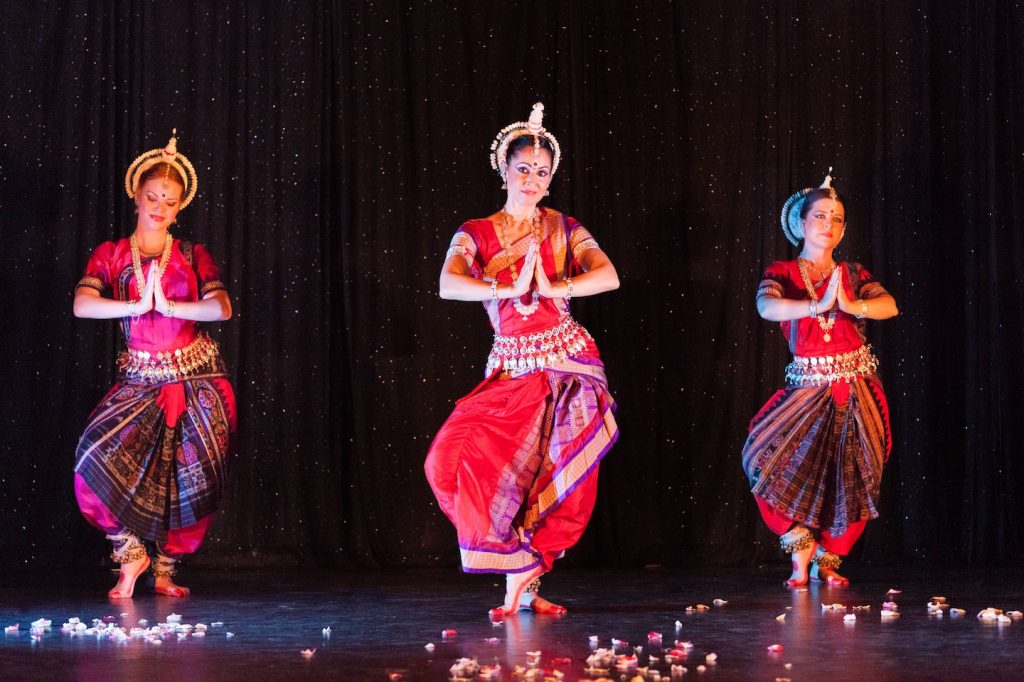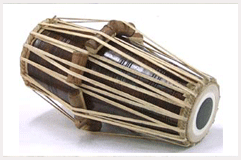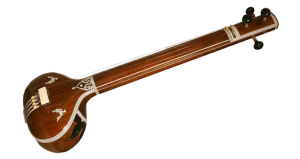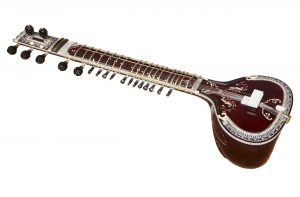
The Odissi dance is the Indian classical dance from the Eastern state of Odisha. It has a long, yet broken tradition. Although dance in Odissa may be traced back more than 2000 years, it was brought to near extinction during the colonial period. Therefore, modern Odissi dance is a reconstruction.
The history of Odissi Dance is very rich. Odissi Dance Form has contributed a distinct school of classical dance to the rich mosaic of Indian culture, which has been internationally acclaimed.
On the basis of archaeological evidence, Odissi appears to be the earliest classical dance form. It flourished in Orissa and developed over centuries.
The earliest evidence of dance by professional female dancers (Nartaki) is found in the Stone figures in caves of Khandagiri and Udayagiri near Bhubaneswar. These scenes were depicted in the 1st Century B.C. by the Jain King Kharavela who himself was a great musician.
Over the centuries three schools of Odissi dance developed: Mahari, Nartaki, and Gotipua. The Mahari tradition is the devadasi tradition; this is the use of women who are attached to deities in the temple. The Nartaki tradition is the school of Odissi dance which developed in the royal courts. Gotipua is a style characteristed by the use of young boys dressed up in female clothing to perform female roles.
Like the other classical arts, dance was seen as a way to define India's national identity. Governmental and non-governmental patronage increased.
The different items of Odissi dance are listed in the order in which they are performed:
- Manglacharana
- Batu Nrutya
- Pallavi
- Abhinay and Mokshyanat
One of the most characteristic features of Odissi dance is the Tribhanga. The concept of Tribhanga divides the body into three parts, head, bust, and torso. Any posture which deals with these three elements is called tribhanga. Another fundamental posture of Odissi dance is ‘Chawki’. Like other classical dance forms, Odissi admits of the division into nritta (pure dance) and nritya (expressional dance and natya (Drama).
The mudras are also important. The term mudra means "stamp" and is a hand position which signifies things. The use of mudras help tell a story wiht the use of gestures.
The themes of Odissi are almost exclusively religious in nature. They most commonly revolve around Krishna. Although the worship of Krishna is found throughout India, there are local themes which are emphasised. The Ashtapadi's of Jayadev are a very common theme.



There are a number of musical instruments used to accompany the Odissi dance. One of the most important is the pakhawaj, also known as the madal. This is the same pakhawaj that is used elsewhere in the north except for a few small changes.
Other instruments which are commonly used are the bansuri (bamboo flute), the manjira (metal cymbals), the sitar and the tanpura.
Liked it Daksha..